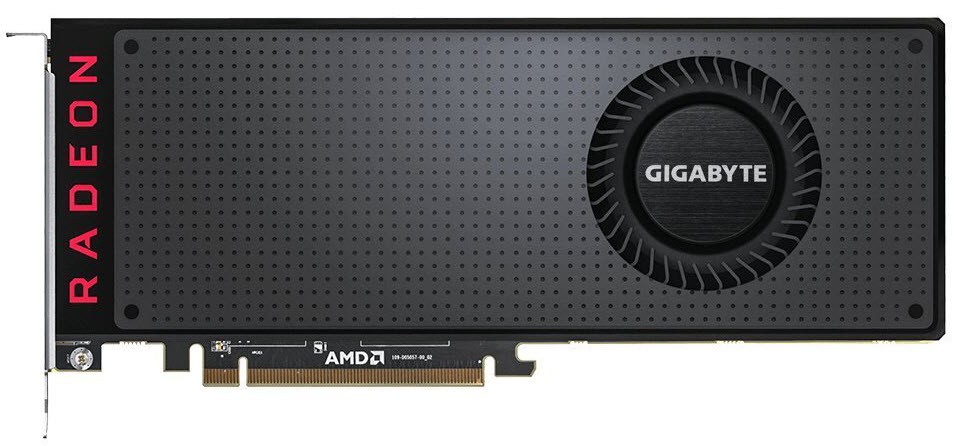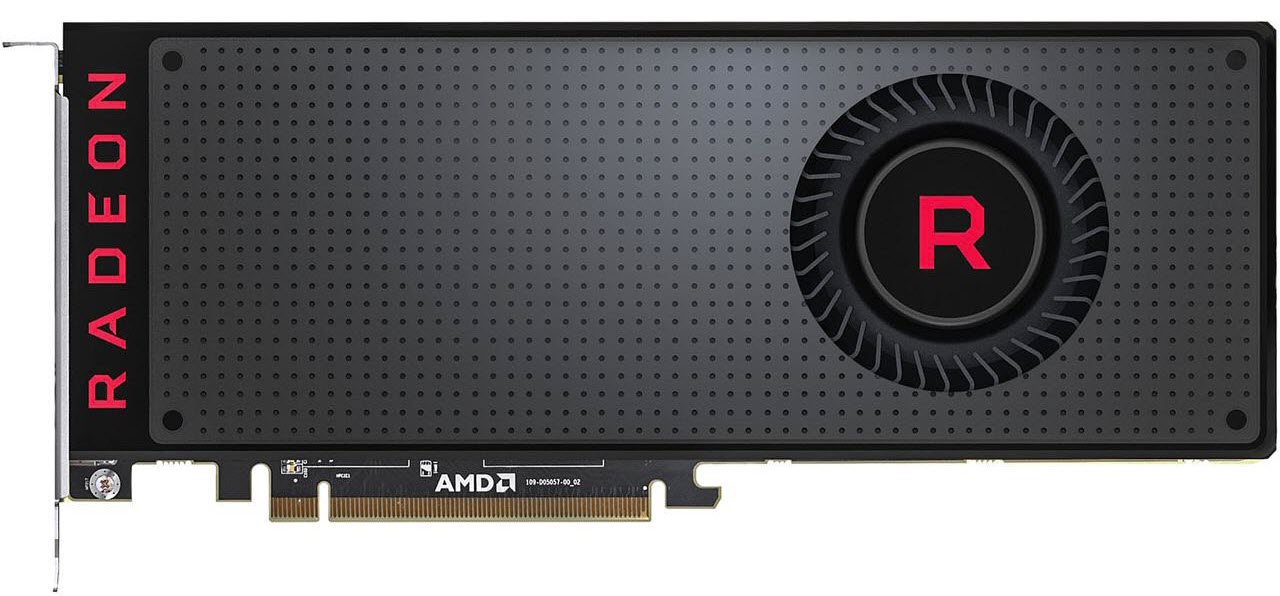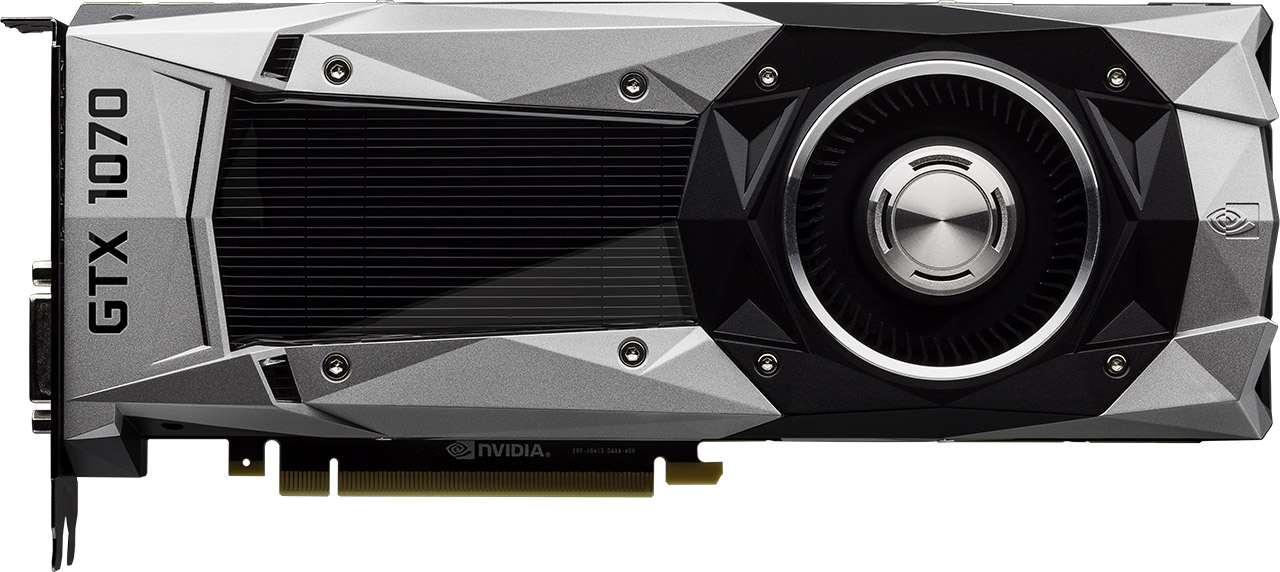Nvidia Titan RTX Review: Gaming, Training, Inferencing, Pro Viz, Oh My!
Why you can trust Tom's Hardware
Performance Results: Gaming at 2560 x 1440
As it stands, Nvidia actively guides gamers toward its GeForce RTX 2080 Ti instead of Titan RTX. Third-party 2080 Tis with substantial overclocks are often just as fast at half of the cost, after all. But neither TU102-based board is really necessary for gaming at 2560 x 1440. In many titles, even with their quality settings cranked up, they run up against maximum frame rate limits or CPU-imposed bottlenecks. With that said, if you own a high-refresh-rate QHD monitor, expect Nvidia’s Titan RTX to serve up blistering performance in most games at their top detail settings.
Six percent more shading resources, nine percent more memory bandwidth, and a GPU Boost clock rate that’s 8% higher than Nvidia’s GeForce RTX 2080 Ti Founders Edition gives Titan RTX a notable advantage in several of our benchmarks, though it doesn’t sweep the entire suite.
Ashes of the Singularity: Escalation (DX12)
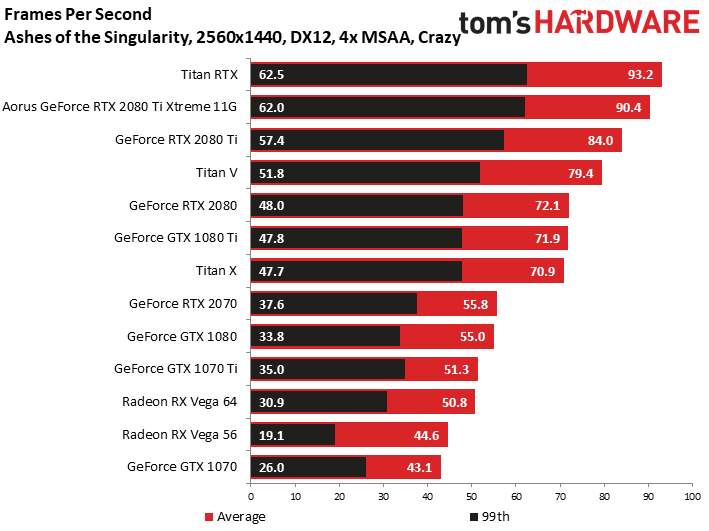
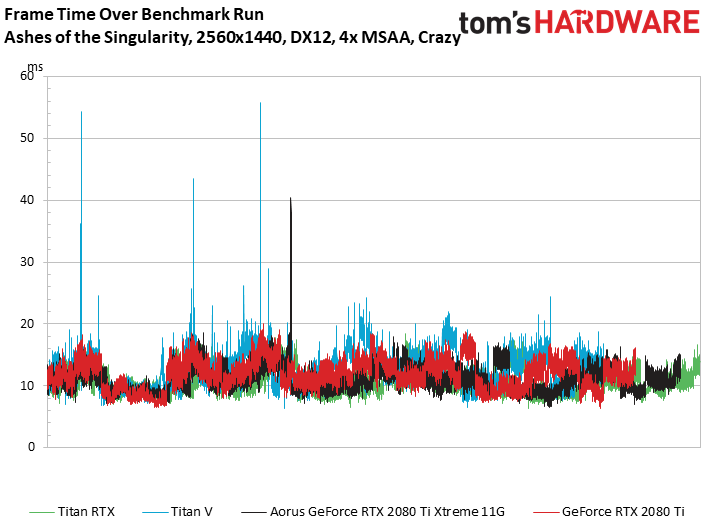
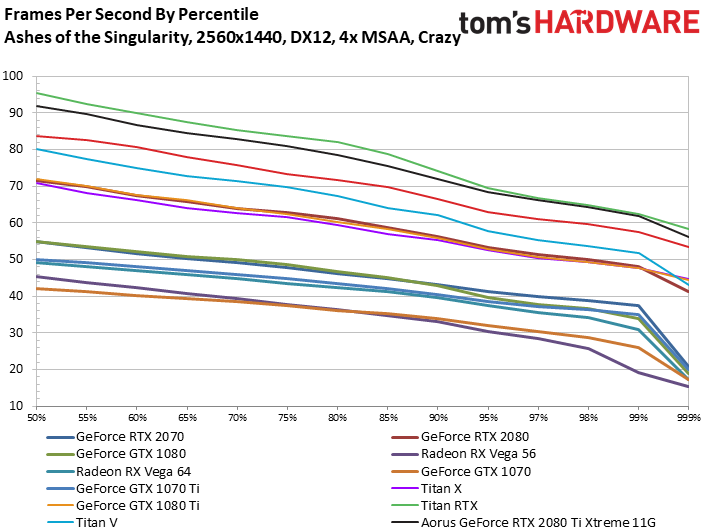
Battlefield V (DX12)
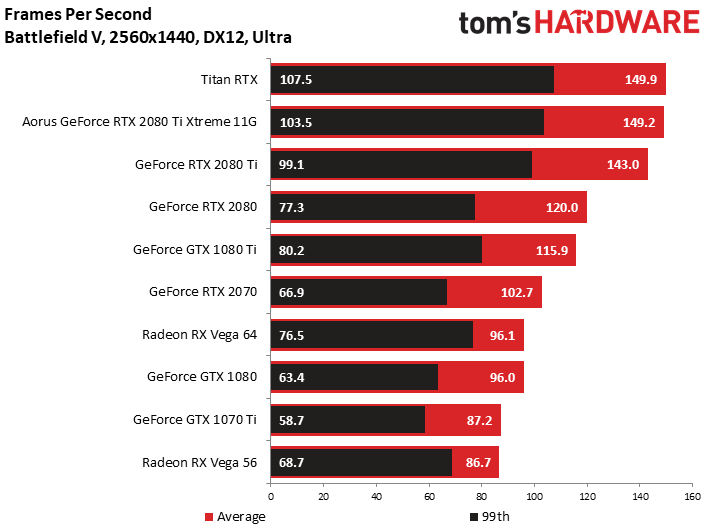
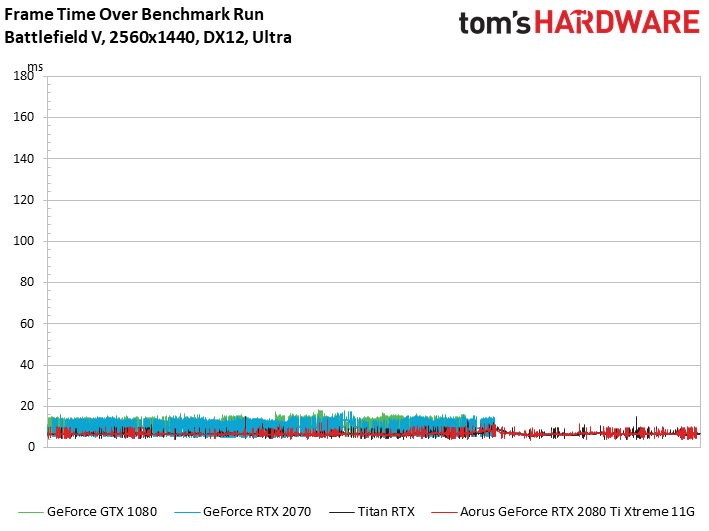
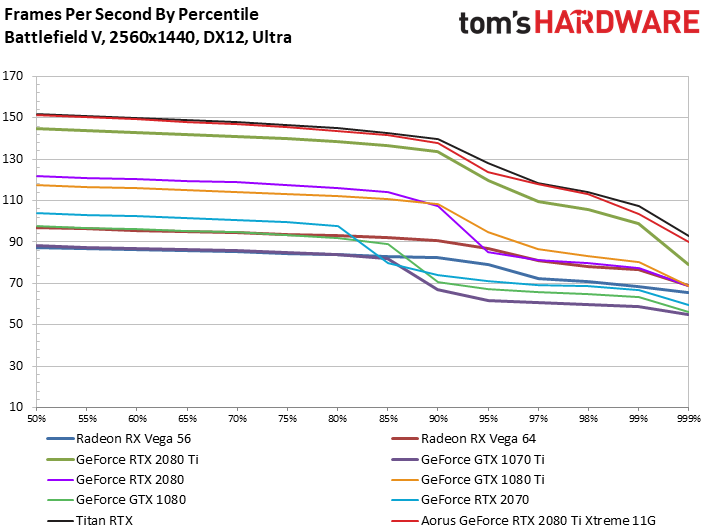
Destiny 2 (DX11)
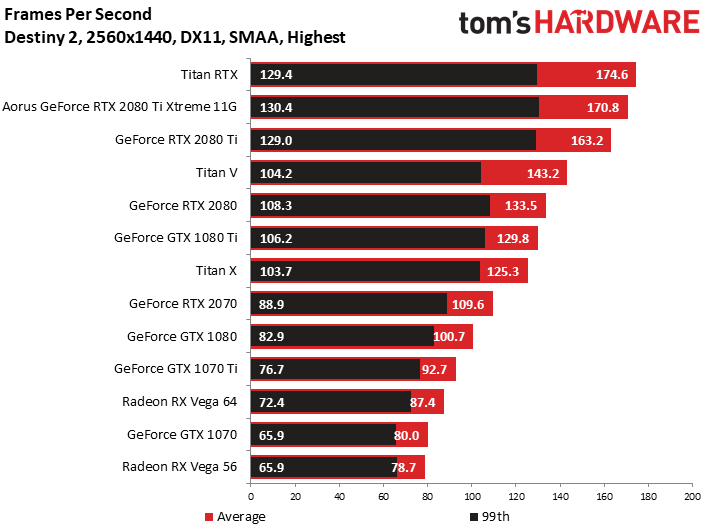
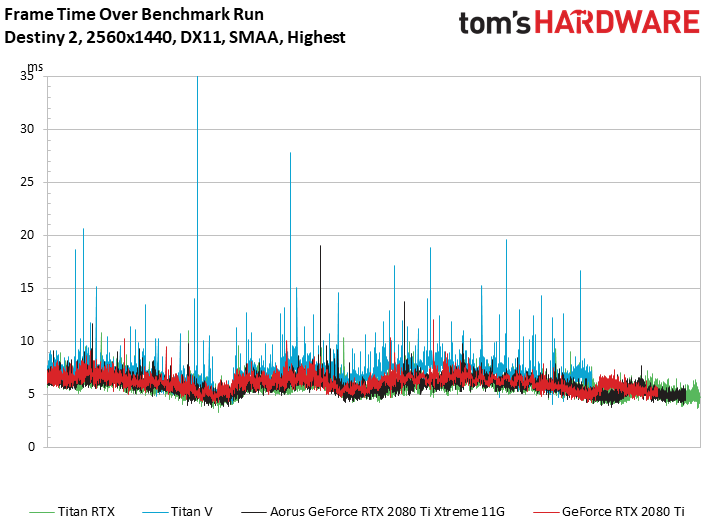
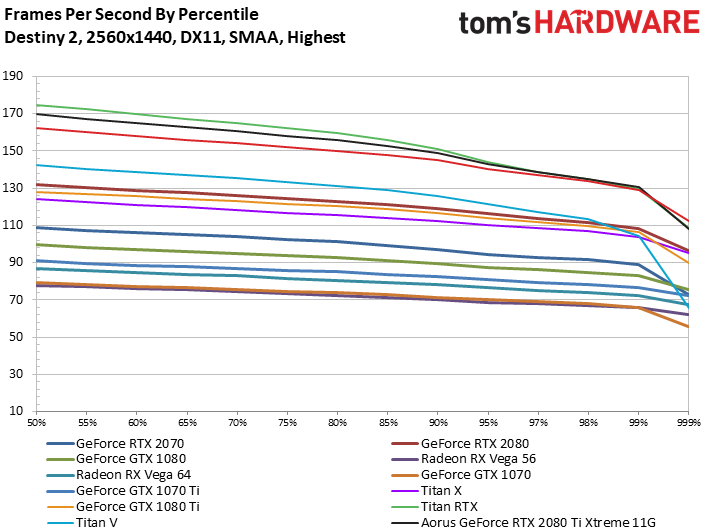
Far Cry 5 (DX11)
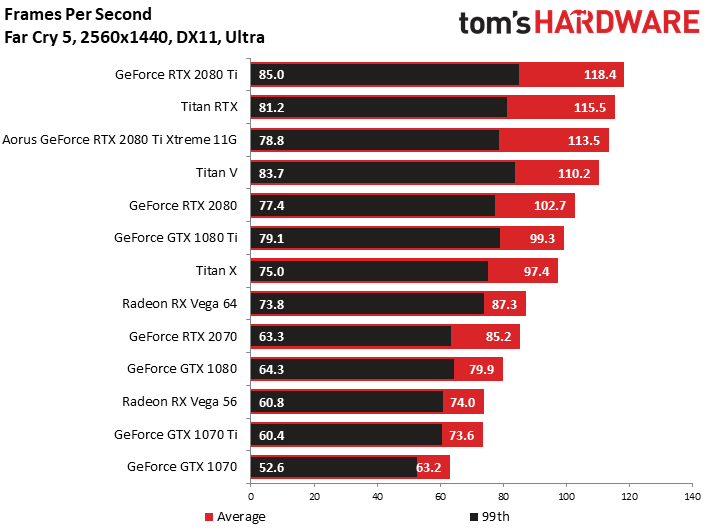
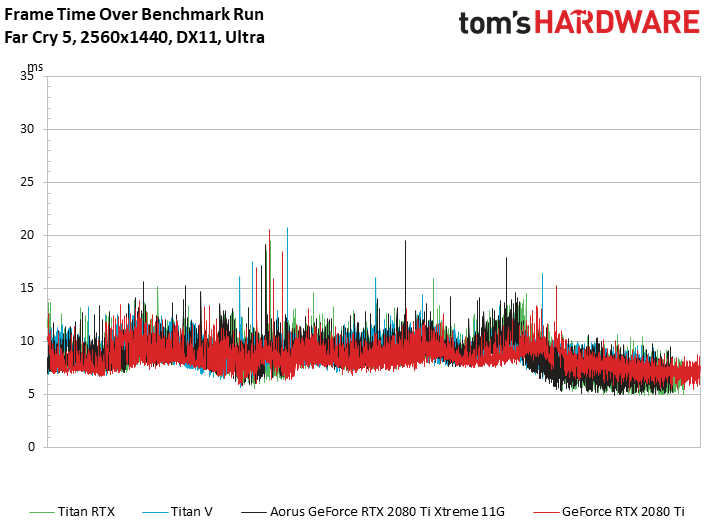
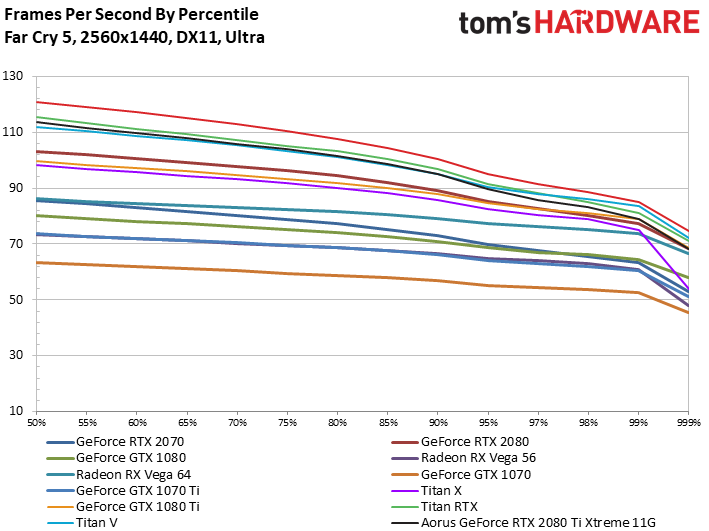
Forza Motorsport 7 (DX12)
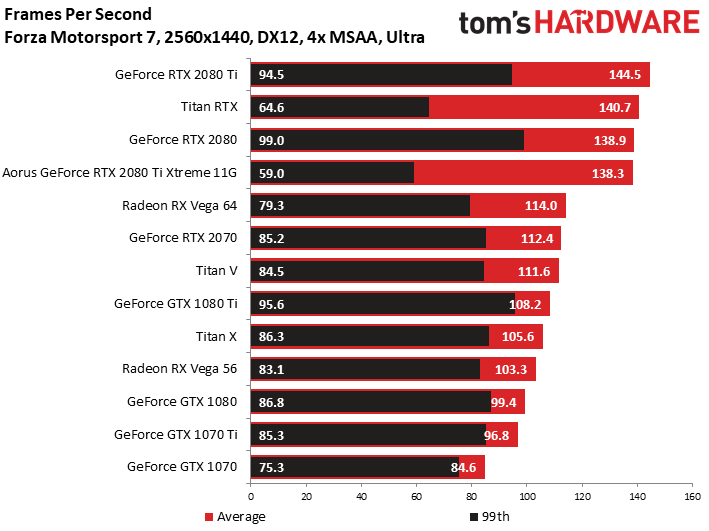
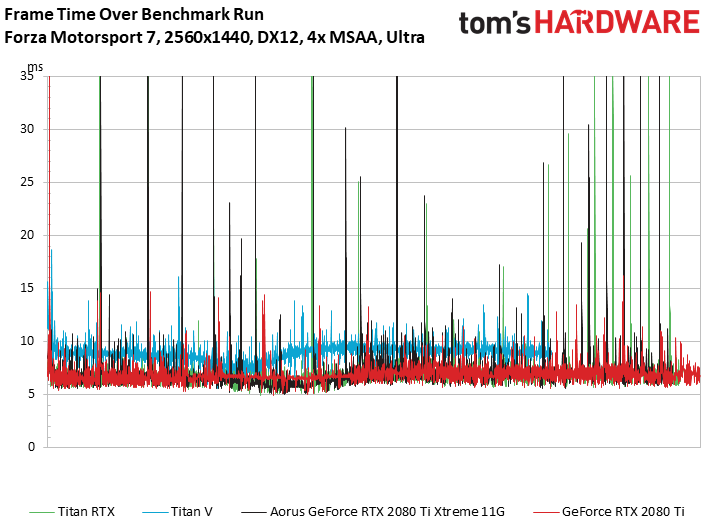
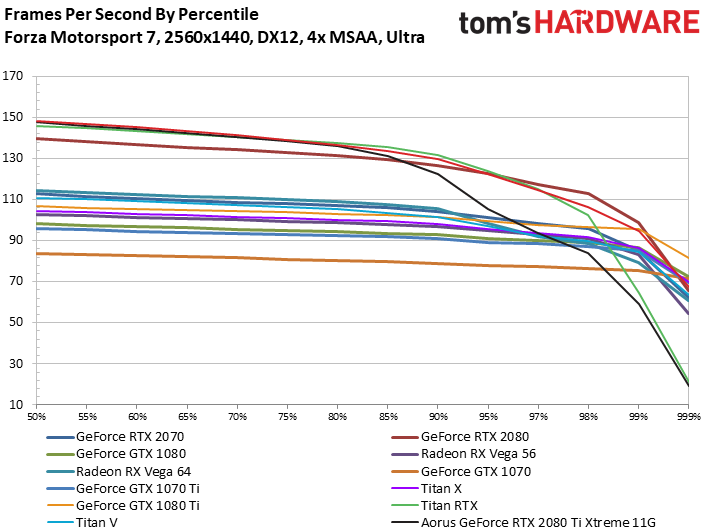
Grand Theft Auto V (DX11)
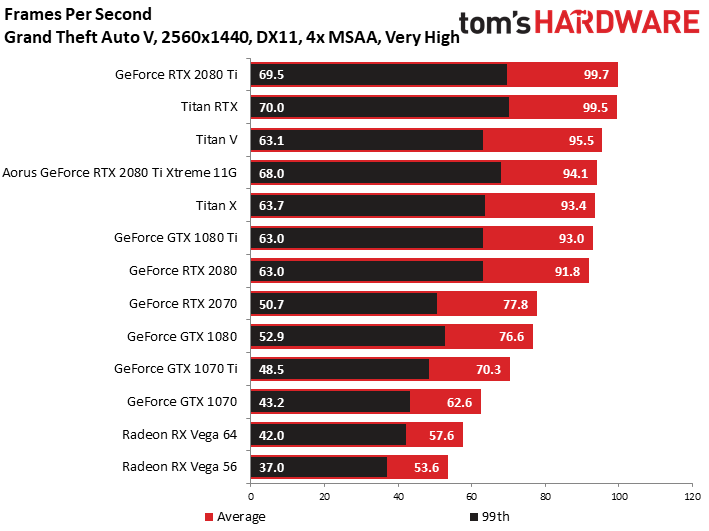
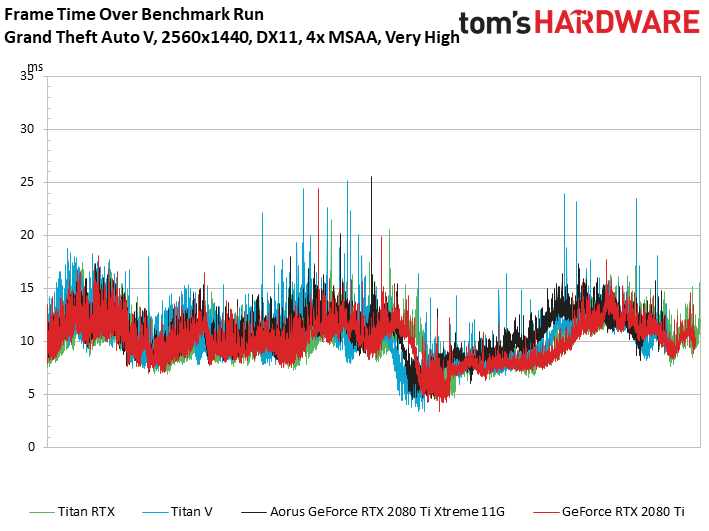
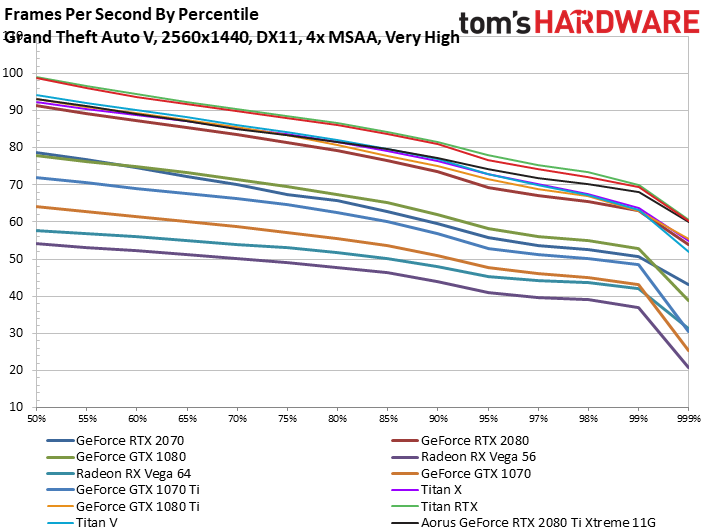
Metro: Last Light Redux (DX11)
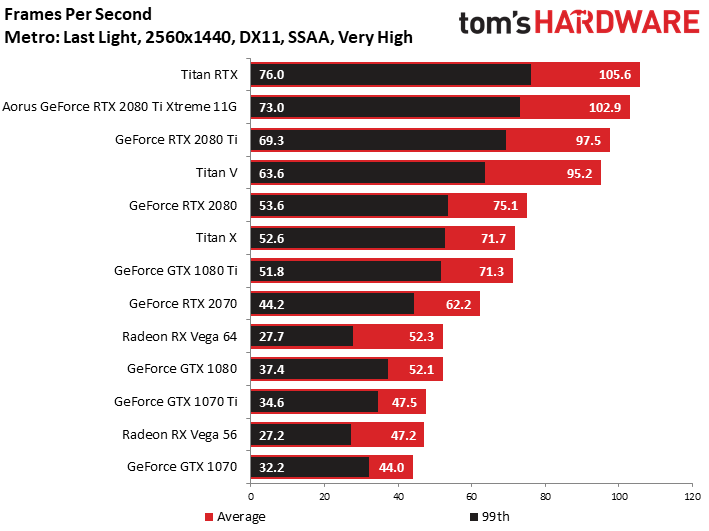
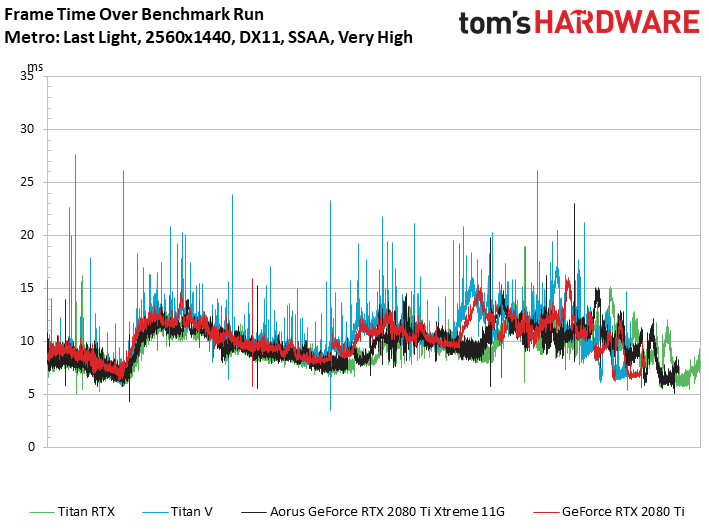
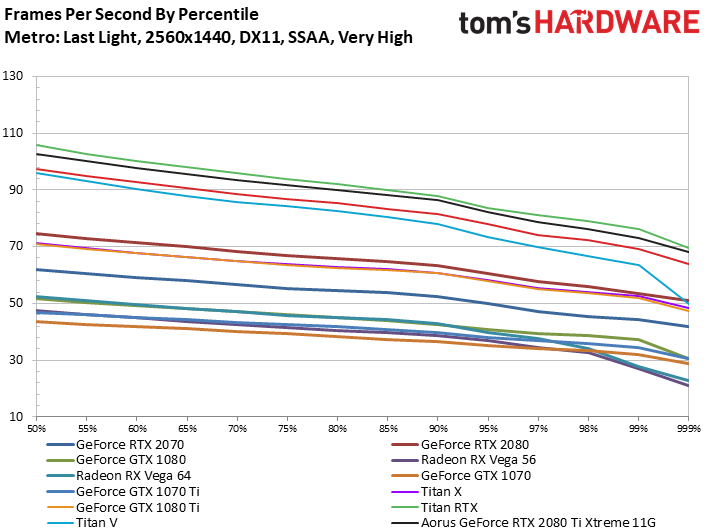
Rise of the Tomb Raider (DX12)

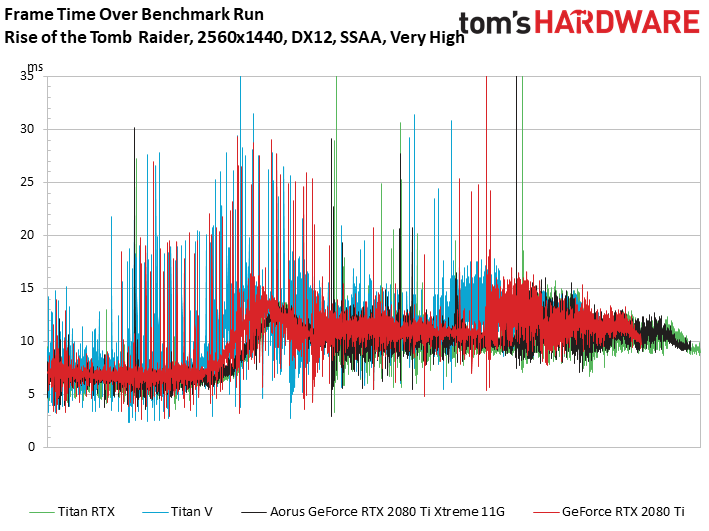
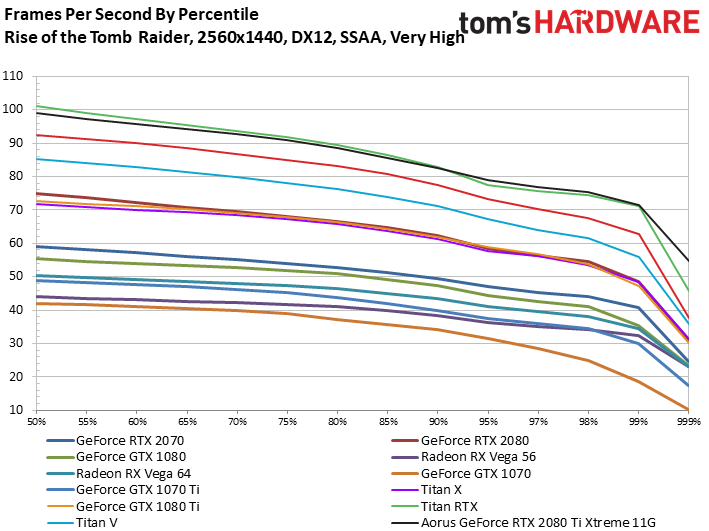
Tom Clancy’s The Division (DX12)
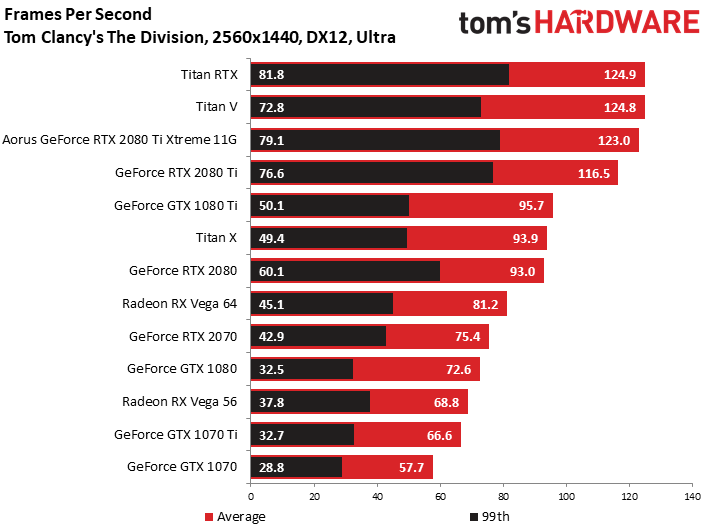

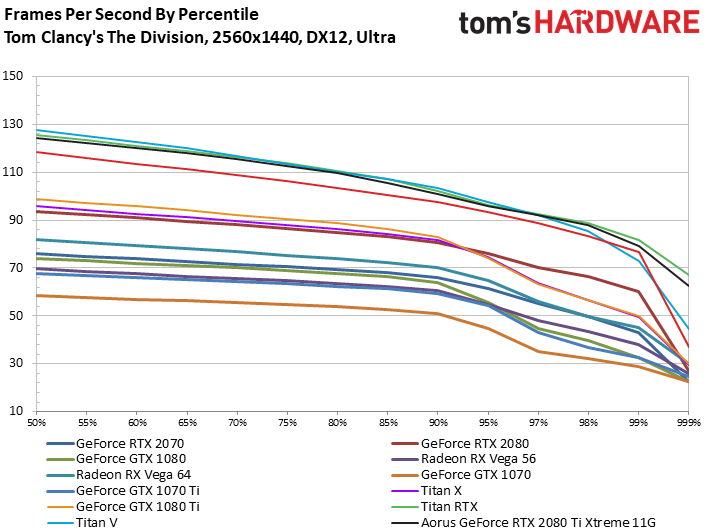
Tom Clancy’s Ghost Recon (DX11)
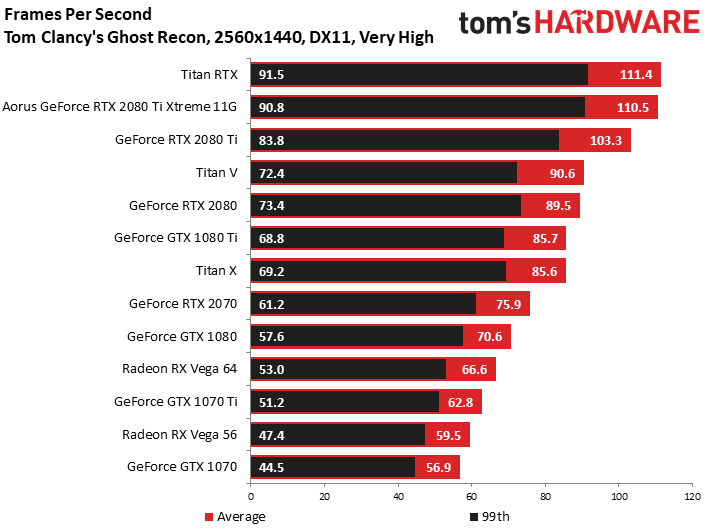
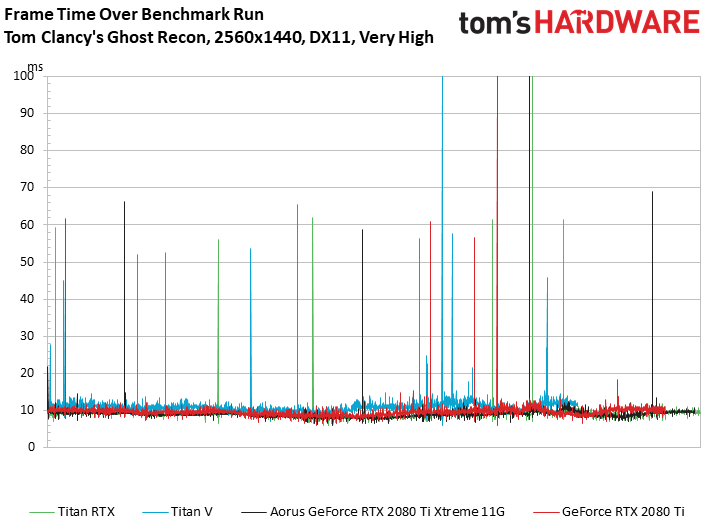
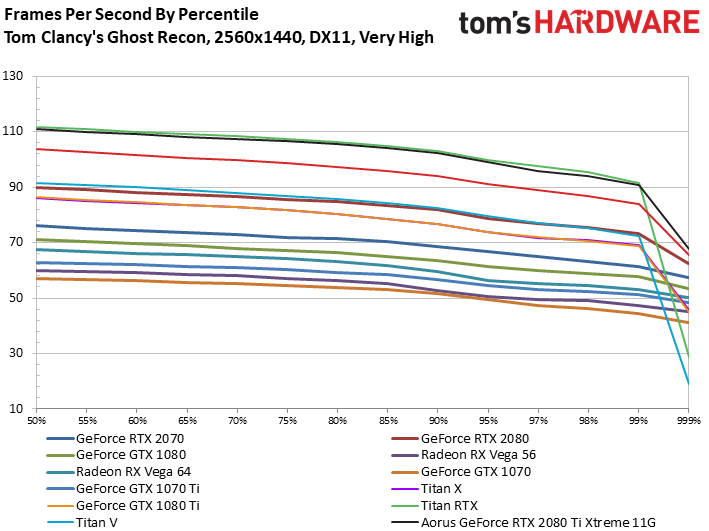
The Witcher 3 (DX11)
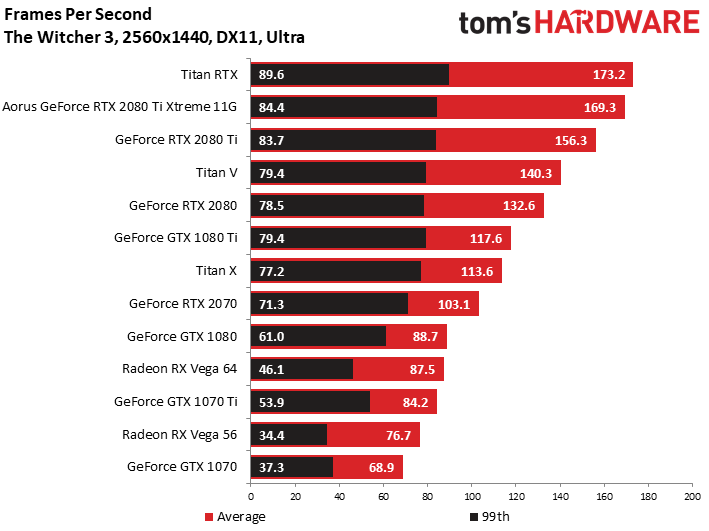
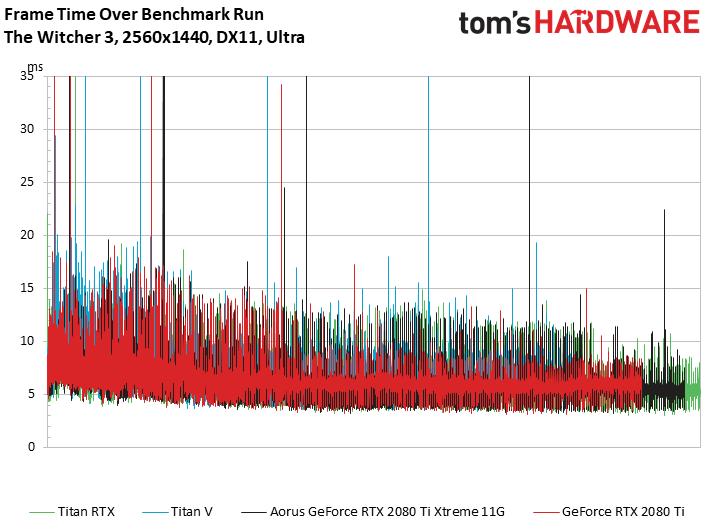
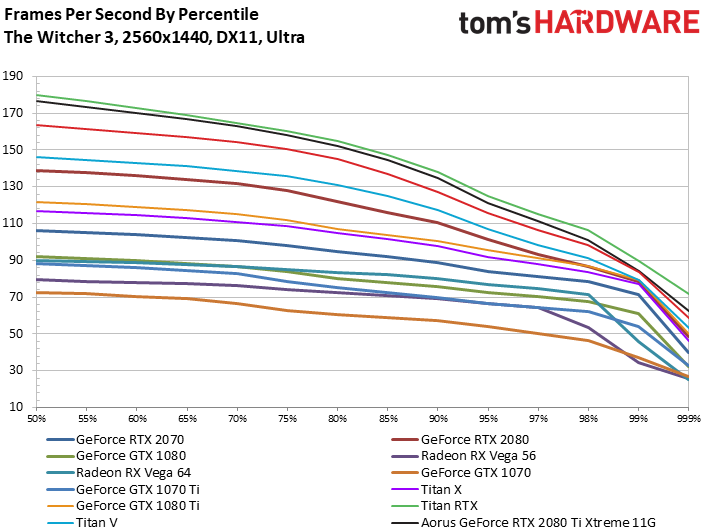
Wolfenstein II: The New Colossus (Vulkan)
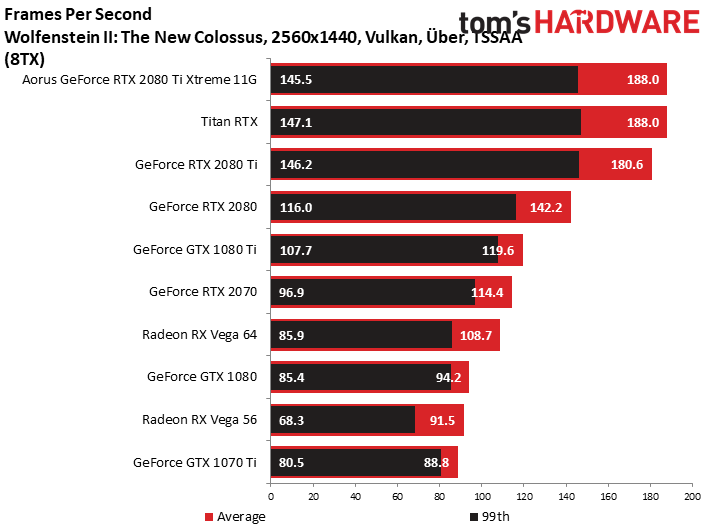
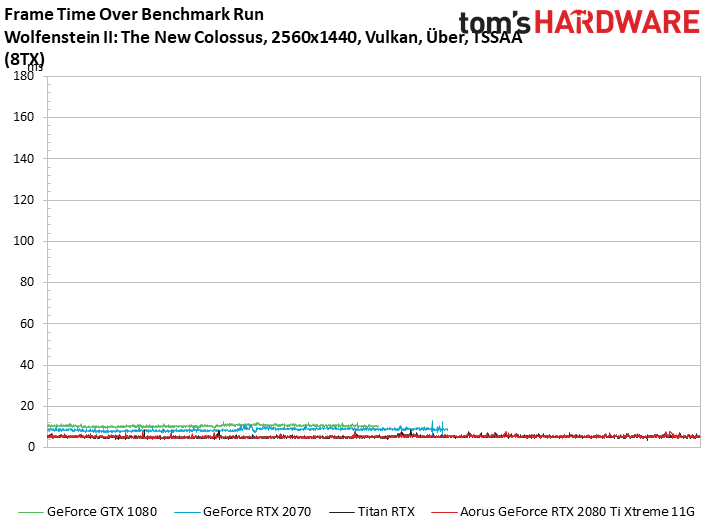
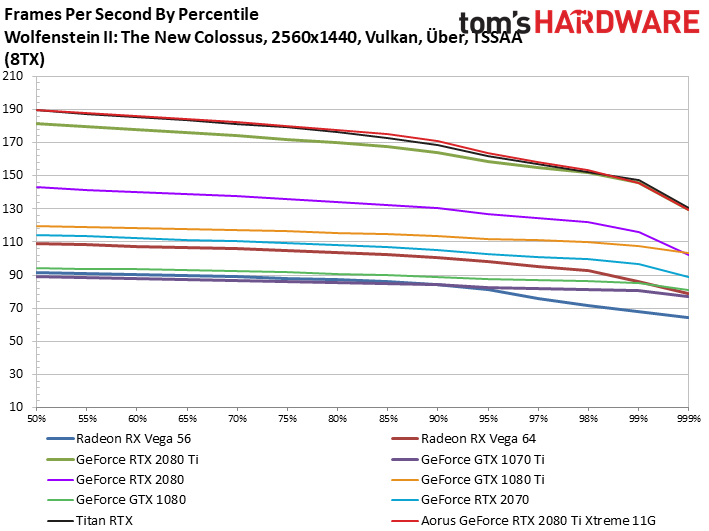
MORE: Best Graphics Cards
MORE: Desktop GPU Performance Hierarchy Table
MORE: All Graphics Content
Get Tom's Hardware's best news and in-depth reviews, straight to your inbox.
Current page: Performance Results: Gaming at 2560 x 1440
Prev Page Performance Results: Deep Learning Next Page Performance Results: Gaming at 3840 x 2160-
AgentLozen This is a horrible video card for gaming at this price point but when you paint this card in the light of workstation graphics, the price starts to become more understandable.Reply
Nvidia should have given this a Quadro designation so that there is no confusion what this thing is meant for. -
bloodroses Reply21719532 said:This is a horrible video card for gaming at this price point but when you paint this card in the light of workstation graphics, the price starts to become more understandable.
Nvidia should have given this a Quadro designation so that there is no confusion what this thing is meant for.
True, but the 'Titan' designation was more so designated for super computing, not gaming. They just happen to game well. Quadro is designed for CAD uses, with ECC VRAM and driver support being the big difference over a Titan. There is quite a bit of crossover that does happen each generation though, to where you can sometimes 'hack' a Quadro driver onto a Titan
https://www.reddit.com/r/nvidia/comments/a2vxb9/differences_between_the_titan_rtx_and_quadro_rtx/ -
madks Is it possible to put more training benchmarks? Especially for Recurrent Neural Networks (RNN). There are many forecasting models for weather, stock market etc. And they usually fit in less than 4GB of vram.Reply
Inference is less important, because a model could be deployed on a machine without a GPU or even an embedded device. -
mdd1963 Reply21720515 said:Just buy it!!!
Would not buy it at half of it's cost either, so...
:)
The Tom's summary sounds like Nviidia payed for their trip to Bangkok and gave them 4 cards to review....plus gave $4k 'expense money' :)
-
alextheblue So the Titan RTX has roughly half the FP64 performance of the Vega VII. The same Vega VII that Tom's had a news article (that was NEVER CORRECTED) that bashed it for "shipping without double precision" and then later erroneously listed the FP64 rate at half the actual rate? Nice to know.Reply
https://www.tomshardware.com/news/amd-radeon-vii-double-precision-disabled,38437.html
There's a link to the bad news article, for posterity.
